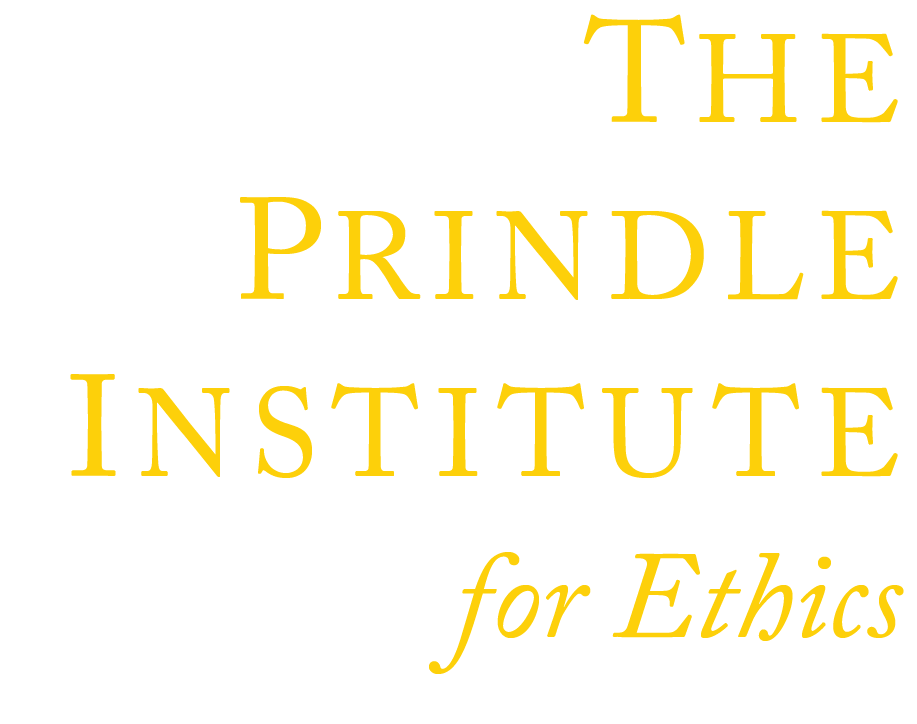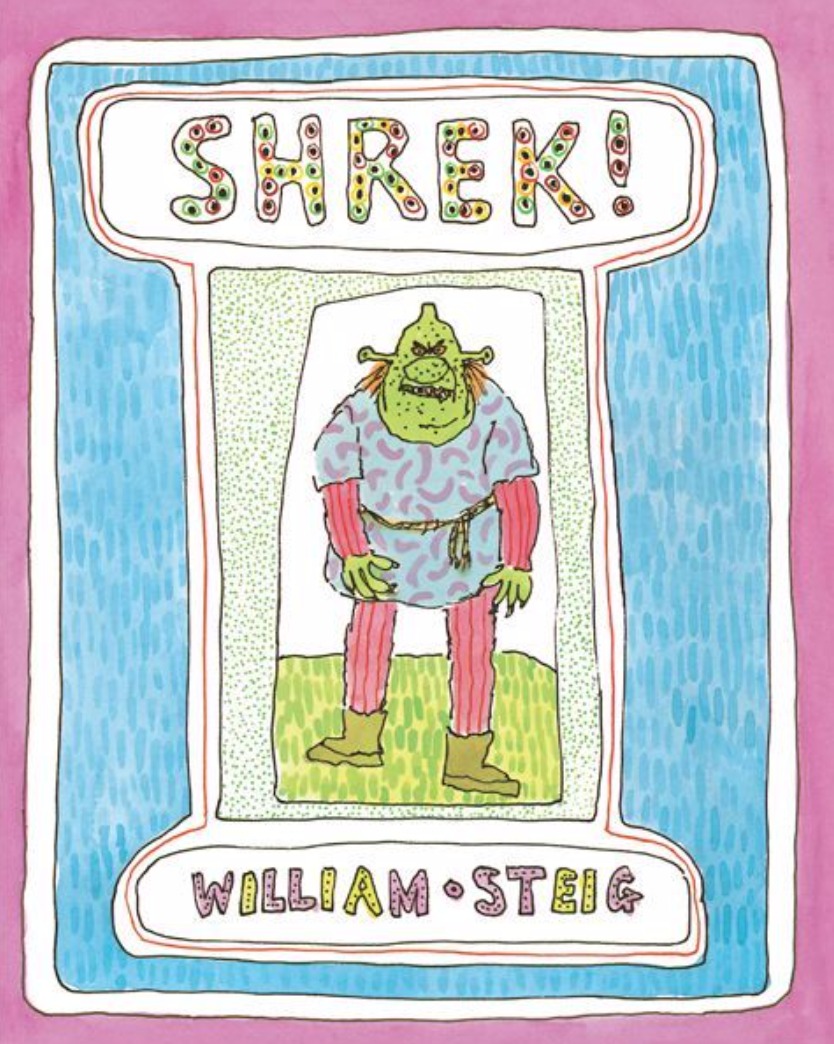Shrek
Book Module Navigation
Summary
Shrek explores questions about the definitions of beauty and ugliness and asks how love can impact what we consider ugly.
Shrek is an ogre who lives in a swampy home. Shrek sets off on a journey to find a princess. Along the way he meets a pheasant carrying peasants, fights a whopper of a dragon, and gets lost in a hall of mirrors filled with ugly Shreks. Shrek is not phased by the fact that his ugliness overwhelms everyone he meets. In fact, he loves being so repulsive! When Shrek finally meets his stunningly ugly princess, they instantly fall in love, get married, and live horribly ever after.
Read aloud video by AHEV Library
Guidelines for Philosophical Discussion
Shrek lives in a world where he perceives what is typically considered ugly by the general population to be in fact beautiful. As philosophers, we must ask questions about how we define objects as beautiful and ugly. Philosophers refer to judgments of beauty and ugliness as aesthetic judgments, for which two main arguments exist: 1) that beauty is in the eye of the beholder, and thus a matter of personal taste or preference, or 2) that there is a set of standards or principles that make something beautiful. The second argument also believes that all people with good taste will have positive responses to an object of beauty, or in other words that there is a universal acceptance of what is beautiful. When considering what makes Shrek ugly, for example, the first argument would say that Shrek is ugly because he does not appeal to the characters he meets on his journey. The second argument, however, would say that Shrek is ugly because he objectively lacks any degree of the property of being beautiful. In other words, on the second view, Shrek is considered ugly because, objectively speaking, he is.
Shrek not only looks ugly, but he also seems to do ugly things, things that to most people seem dirty, fraudulent, and dangerous. Nevertheless, Shrek is still a desirable character. So even though, for example, we feel appalled at Shrek’s narcissistic delight in discovering that the “hundreds of hideous creatures” he sees in the hall of mirrors are all images of himself, we nevertheless find ourselves rooting for Shrek. We want him to succeed and find happiness. As philosophers we might ask questions about the connection between beauty and desire. Typically we associate good with beautiful and bad with ugly. Usually people desire what is good, and thus people desire to see beautiful things. Some philosophers, however, argue that that we don’t in fact need desire to see things as beautiful. What this means is that we can desire things concerning beauty, but it’s not intrinsic to the pleasure of beauty and the universal acceptance of beauty. This is not to say though that beauty cannot produce desire. What is interesting in Shrek’s case is that he does see his ugliness as beauty. This not only brings the debate back around to the question of whether beauty is subjective or objective, it also provides an example of the connection between desire and beauty. Shrek desires to be horrible, because for him, horribleness is beautiful.
This intermingling of the subjective understanding of beauty and the connection between beauty and desire is again raised in Shrek’s love for the ugly princess. As philosophers we ask if he’s falling in love with her because he has a positive response to her physical beauty. Does he think she is beautiful? Or, does he love her because she is like him? Philosophers have said that to love someone is to identify ourselves with them. Furthermore, loving someone is when we make a decision to dedicate ourselves to their values. As philosophers we question the nature of Shrek and the princess’s love, and the nature of love in general.
There are two other important things to stress before teaching this book. Firstly, this book is the basis for a popular movie and while the book and movie share similar plots, their content is rather different. This book module is for the book and not for the movie. The second important thing to note is that this book contains some difficult vocabulary. These words include: repulsive, warts, to get hitched, scything, rabid, noggin, peasant, and knight. It’d be best to make sure children understand these words before reading the story.
Questions for Philosophical Discussion
Defining Ugliness
Shrek’s mother was ugly and his father was ugly, but Shrek was uglier than the two of them put together.
- Look at a picture of Shrek. What makes Shrek ugly?
- How does Shrek feel about his ugliness? Does he like it or dislike it?
- How do other characters in the book feel about Shrek?
- How can people think different things are ugly?
- What about a beauty contest? How do the judges choose the most beautiful?
Looking Ugly and Being Ugly
Some things that Shrek does, like taking down the dragon and the knight, might be considered mean.
- What does Shrek do that is mean?
- What does Shrek do that is nice?
- Would you call Shrek more or less ugly based on his actions?
- Why do we call things ugly? Do we only call things ugly if we don’t like them?
- What is it that we don’t like about someone that makes us think they are ugly? Is it just looks/appearance, or do other things play a role?
- Can you think things/people are beautiful even if they do mean things?
- Are people more beautiful when they only do nice things?
Love and Ugliness
Shrek falls in love with the princess because she is stunningly ugly.
- Can you like things that are ugly?
- Can you love someone who has warts or is hairy like the princess?
- Do people love other people/things only because of the way they look?
- Do we only love people who are like us?
Original questions and guidelines for philosophical discussion by Hilary Pollan. Edited June 2020 by The Janet Prindle Institute for Ethics.
Find tips for leading a philosophical discussion on our Resources page.






